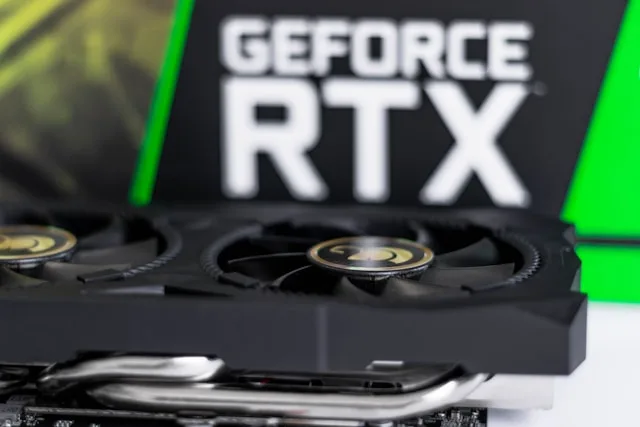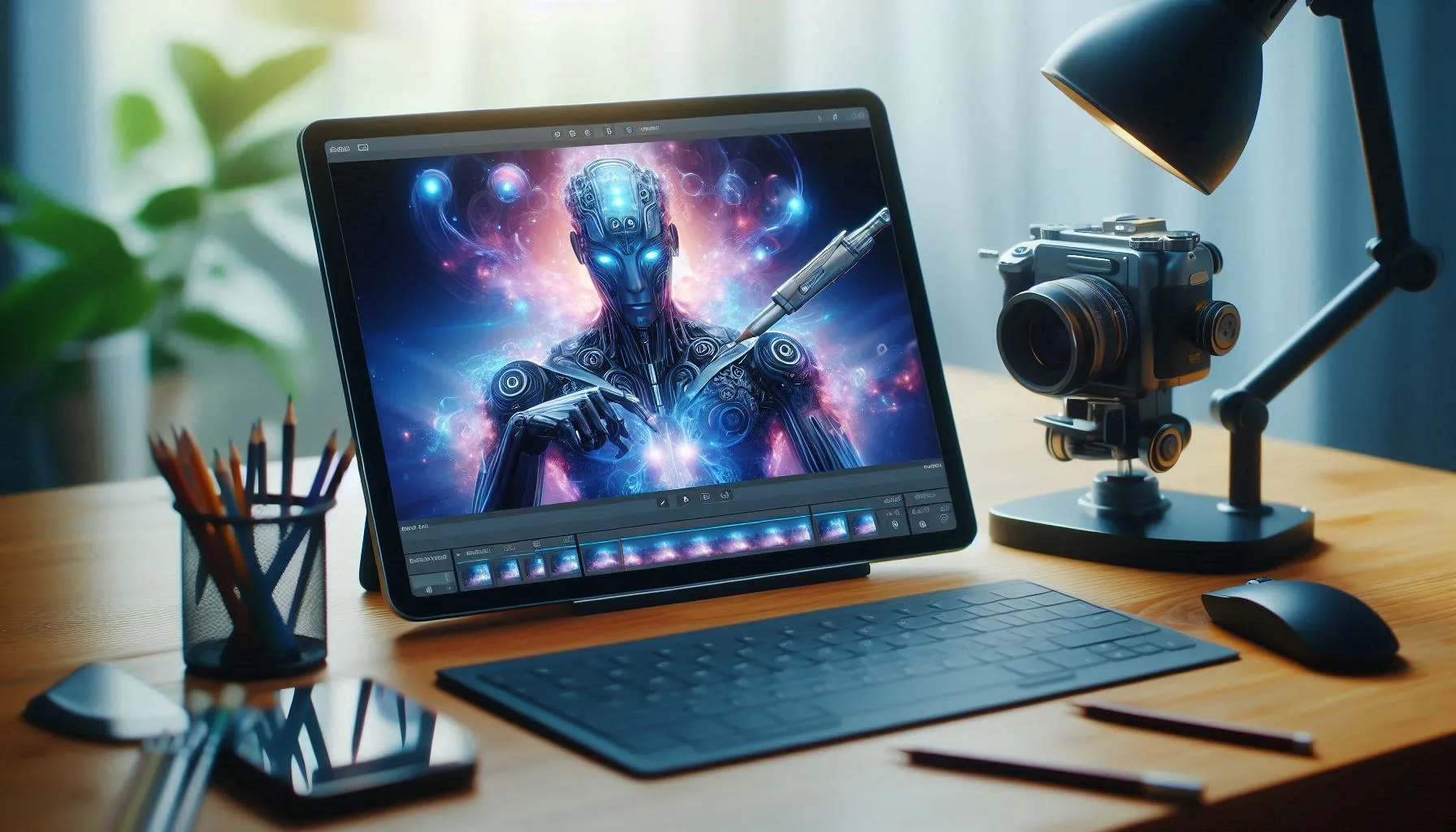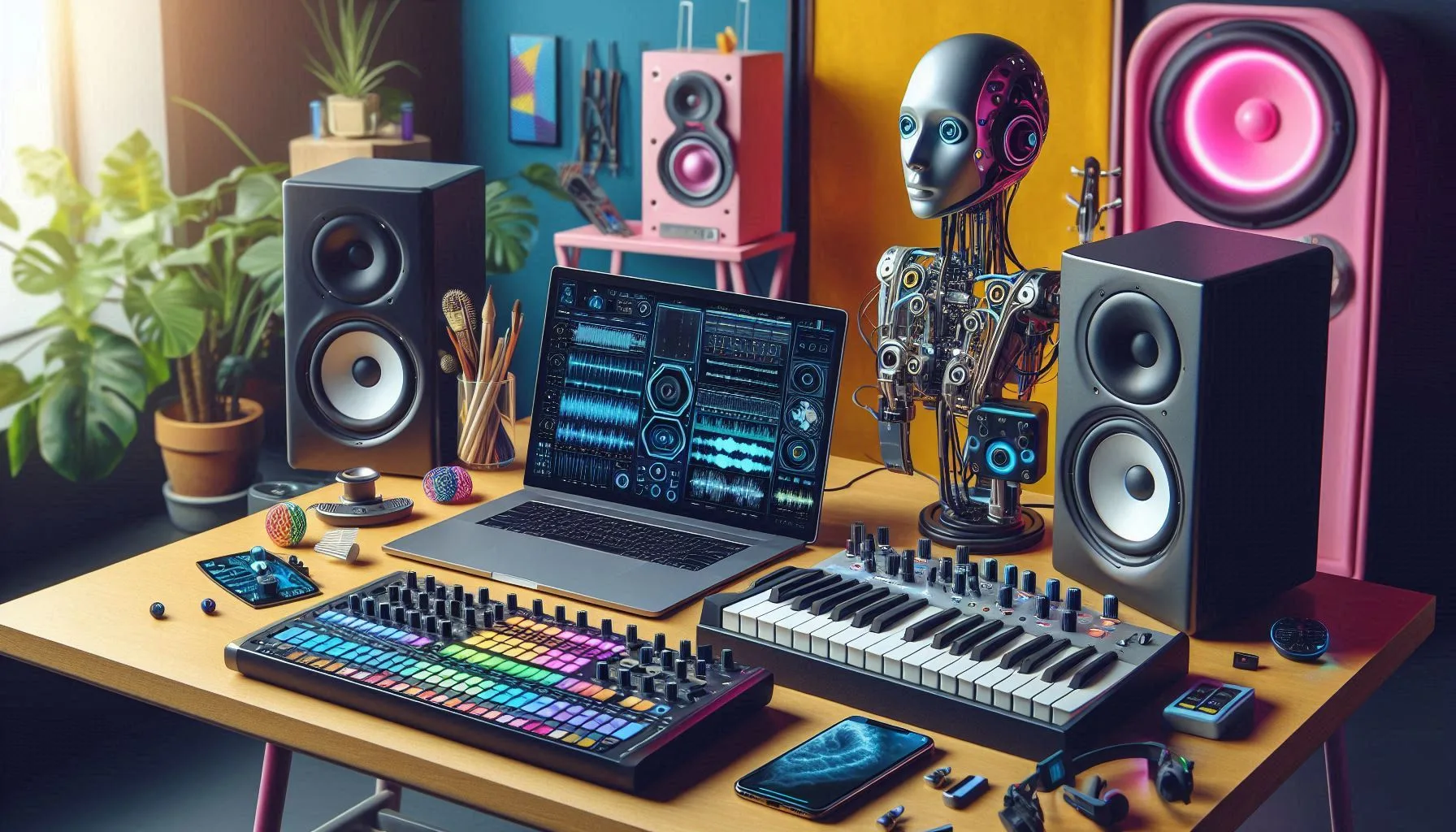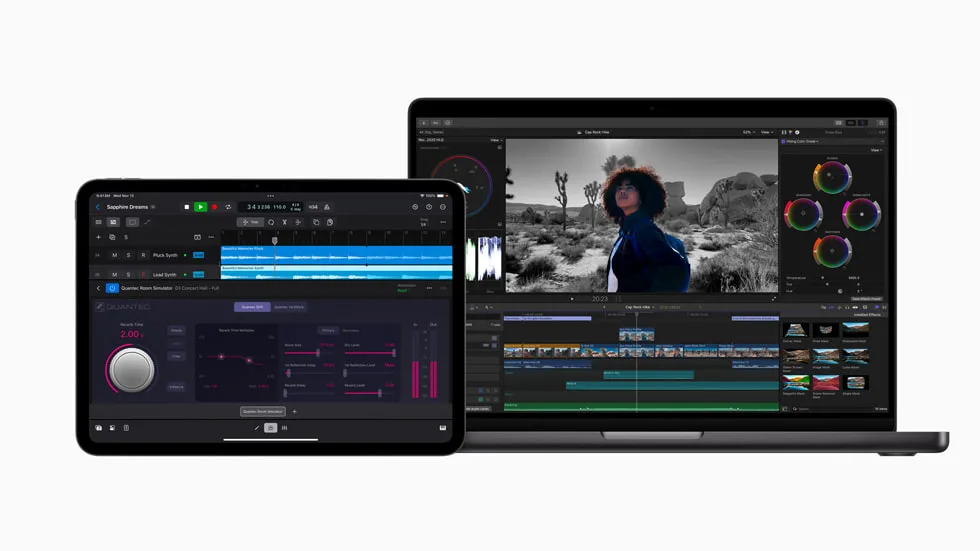The Best Studio Monitors for Small Spaces: A Comprehensive Guide
When it comes to setting up a home studio, one of the most crucial components is your studio monitors. However, finding the perfect monitors for a small space can be a challenge. Limited room size, potential acoustic issues, and the need for portability often mean sacrificing sound quality. But it doesn’t have to be this way.
In this comprehensive guide, we’ll explore how you can optimize your small studio setup with the best studio monitors for small spaces. Whether you’re a music producer, video editor, or content creator, we’ll help you choose the right speakers that deliver high-quality sound without taking up precious space.
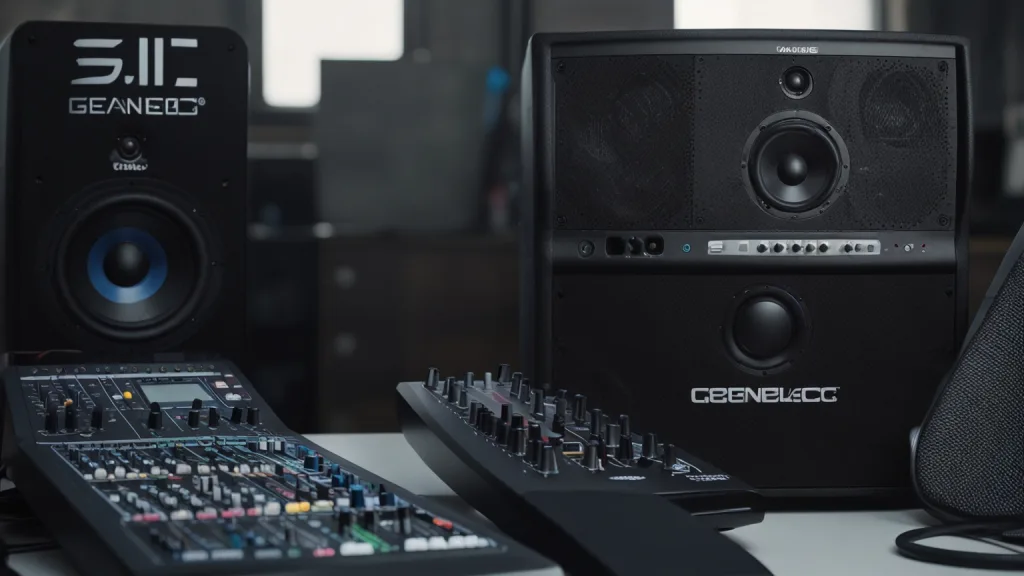
Key Considerations When Choosing Studio Monitors for Small Spaces
1. Room Size & Acoustic Treatment
One of the biggest challenges in small studio spaces is managing acoustics. Small rooms tend to create sound reflections and standing waves that can negatively impact audio quality. When selecting studio monitors, it’s essential to consider how your room’s size will affect the sound. Compact monitors are often the best choice for tight spaces, but the key lies in proper acoustic treatment. Even inexpensive soundproofing or acoustic foam panels can make a significant difference.
The PEEK Performance drivers provide outstanding detail across the spectrum, delivering a crystal-clear sound that helps you make critical mix decisions with ease. With the H200, you can trust that your audio will translate accurately from the studio to any system.
2. Speaker Size and Portability
In small spaces, you want monitors that don’t take up too much room. Thankfully, there are plenty of smaller-sized monitors that still provide powerful sound. Keep in mind that the size of the speaker doesn’t always correlate with the quality of sound. Modern compact monitors can deliver impressive audio performance, especially when paired with proper placement and acoustic treatment. Portability is also a factor to consider, particularly if you need to move your setup frequently.
3. Low-End Response and Bass Handling
Bass frequencies are crucial in any production, but they can be difficult to manage in a small room. Too much bass can overwhelm the space, while too little can make the mix sound thin. Smaller studio monitors often have a limited low-end response, but many come with built-in EQ adjustments or options for subwoofers to help balance the bass. The key is finding a monitor that offers an accurate representation of the low frequencies without creating muddiness or distortion.
4. Wiring and Setup
Keeping your space organized is another important consideration. Small spaces often come with limited room for cables, power strips, and other equipment. A clutter-free setup will not only keep your space looking neat but also improve your workflow. Opt for studio monitors with wireless capabilities or compact designs that integrate seamlessly with your gear. Isolation pads or stands can also help reduce cable clutter while optimizing sound performance.
Top Studio Monitors for Small Spaces
1. ADAM Audio D3V
ADAM Audio has a reputation for high-quality, precise sound, and the D3V is no exception. These compact speakers pack a punch with their high-frequency response and clear mids. The D3V’s design is perfect for small spaces, and its proprietary X-ART tweeter ensures that high-end frequencies are accurately reproduced. These monitors are especially effective for producers who require precision in their mixes. If you’re working in a smaller room and need powerful sound, the ADAM D3V is a top contender.
2. iLoud Micro Monitors
The iLoud Micro Monitors are a game-changer for small studio spaces. Despite their diminutive size, they deliver exceptional sound clarity, with deep bass response and crisp highs. These monitors are powered by advanced digital signal processing (DSP) and feature a wide frequency response. Their portability also makes them ideal for those who need to transport their setup, or simply don’t have much desk space. The iLoud Micro Monitors may be small, but their performance is mighty.
3. Yamaha HS5
The Yamaha HS5 is an iconic choice for small home studios. Known for their accuracy and flat response, the HS5 monitors provide a clear representation of your mixes, without adding any unwanted color. They are a favorite among music producers and sound engineers for their reliability and precision. While they might not offer the deep bass of larger speakers, the HS5s shine in their ability to provide accurate midrange and treble frequencies. For small studios, the HS5 is a classic option that consistently delivers professional-quality sound.
4. Genelec 8010A
The Genelec 8010A is a standout choice for anyone looking for compact monitors with professional-grade sound. These speakers are designed for tight spaces and are incredibly portable, making them ideal for mobile setups or small studios. Despite their small footprint, they provide detailed and accurate sound reproduction across a wide frequency range. The Genelec 8010A’s performance is impressive, making it a popular option for producers who need high-quality sound in a portable, space-saving package.
5. KRK Rokit 5 G4
The KRK Rokit 5 G4 is a powerful and affordable monitor that offers excellent bass handling, making it a great choice for small spaces. The Rokit series has long been a favorite among music producers, and the G4 iteration builds on this legacy with enhanced DSP tuning and an adjustable EQ. The G4 provides excellent low-end response, making it ideal for bass-heavy genres. It’s also designed with modern creators in mind, offering both performance and aesthetic appeal. If you need a monitor that combines clarity with bass presence in a small room, the Rokit 5 G4 is an excellent choice.
How to Optimize Your Small Space for Studio Monitors
Even with the best monitors, the setup is key to achieving the best sound in a small room. Here are a few tips:
- Place Monitors at Ear Level: This helps ensure that you’re hearing a more accurate representation of the sound.
- Use Isolation Pads: Isolation pads reduce vibrations and help decouple your monitors from the surface, providing clearer sound.
- Optimize Your Room’s Acoustics: Use bass traps, diffusers, and absorption panels to manage sound reflections and ensure a more balanced listening environment.
- Monitor Placement: Try placing your monitors at an equal distance from your listening position and angle them inward towards your ears for optimal sound clarity.
Epilogue
Choosing the best studio monitors for small spaces is not just about finding the smallest speakers—it’s about striking the right balance between size, sound quality, and performance. With the right monitors and a properly optimized setup, your small studio can become a hub of creativity and precision. No matter the genre or type of content you create, having the right equipment is essential to achieving the best sound.
Have you tried any of these monitors in your own studio setup? Share your experiences with us in the comments below!
Check our previous posts
Red Music Online – One Stop Music Shop The Future of Graphics: Nvidia GeForce RTX 50-Series GPUs and the Blackwell Revolution The …
Red Music Online – One Stop Music Shop DeepSeek: The AI Revolution Challenging ChatGPT Artificial Intelligence has seen rapid advancements in recent …
Red Music Online – One Stop Music Shop AI-Enhanced Content Creation Platforms: Revolutionizing Creativity and Productivity In the fast-paced world of digital …
Red Music Online – One Stop Music Shop Advanced Audio Processing Gadgets: Must-Have Gear for Music Creators and Podcasters In the world …
Red Music Online – One Stop Music Shop AI-Powered Video Editing Tools: The Future of Content Creation The rise of AI-driven video …
Red Music Online – One Stop Music Shop Final Cut Pro 11: Revolutionizing Video Editing with AI Apple has once again raised …

